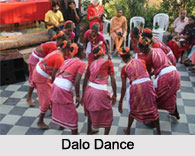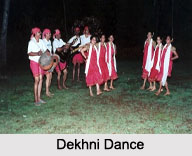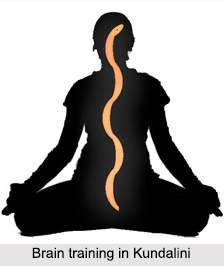 In order to train the brain exercise indeed plays the great role. To educate the four brains and to drive them in a particular direction, exercise is of course one of the core factors.Exercise For the Reptilian BrainOne must contemplate on how to feel about one's own territory; how can one change it to make it more supportive. One must meditate on survival, to what extent it is an issue for the individual. One must also contemplate on what threatens or heightens one's sense of survival.Symbolism- The exercise is to get hold of a stuffed toy or picture of one's preferred reptile. Then, one needs to feel connected to it at times during meditations.For the Limbic SystemOne must meditate on owning and enjoying one's feelings. How many different feelings can one be conscious at a time? It is advised to let cuddlesome feelings enwrap one's whole body and to honestly enjoy them.
In order to train the brain exercise indeed plays the great role. To educate the four brains and to drive them in a particular direction, exercise is of course one of the core factors.Exercise For the Reptilian BrainOne must contemplate on how to feel about one's own territory; how can one change it to make it more supportive. One must meditate on survival, to what extent it is an issue for the individual. One must also contemplate on what threatens or heightens one's sense of survival.Symbolism- The exercise is to get hold of a stuffed toy or picture of one's preferred reptile. Then, one needs to feel connected to it at times during meditations.For the Limbic SystemOne must meditate on owning and enjoying one's feelings. How many different feelings can one be conscious at a time? It is advised to let cuddlesome feelings enwrap one's whole body and to honestly enjoy them.Symbolism- Colour is highly related to and symbolic of emotions. To heighten and develop one's emotions is considered foremost task, to make sure that one has enough colour in life- in their surroundings, attire, food, or creative projects.
For more, visit the link below:
https://www.indianetzone.com/23/exercises_brain_training.htm
 Mud Therapy is a naturopathy that has many beneficial effects in treating diseases, ailments and skin problems. It is also used as the beauty product now a days. The Mud Therapy is used to cure diseases like osteoarthritis, periarthritis, back and joint aches and pains where there is no inflammation.
Mud Therapy is a naturopathy that has many beneficial effects in treating diseases, ailments and skin problems. It is also used as the beauty product now a days. The Mud Therapy is used to cure diseases like osteoarthritis, periarthritis, back and joint aches and pains where there is no inflammation.
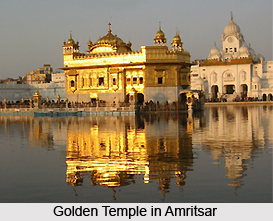
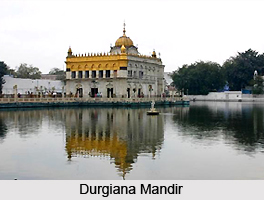
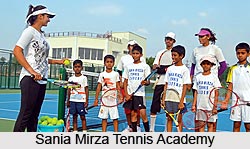
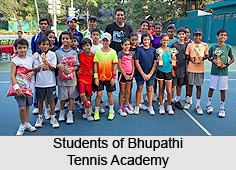

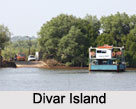
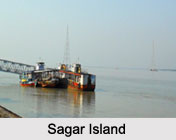


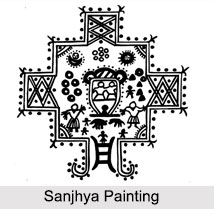
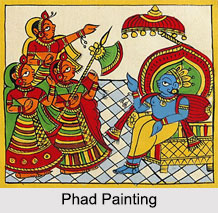 On the final day, the images are immersed in a
On the final day, the images are immersed in a 